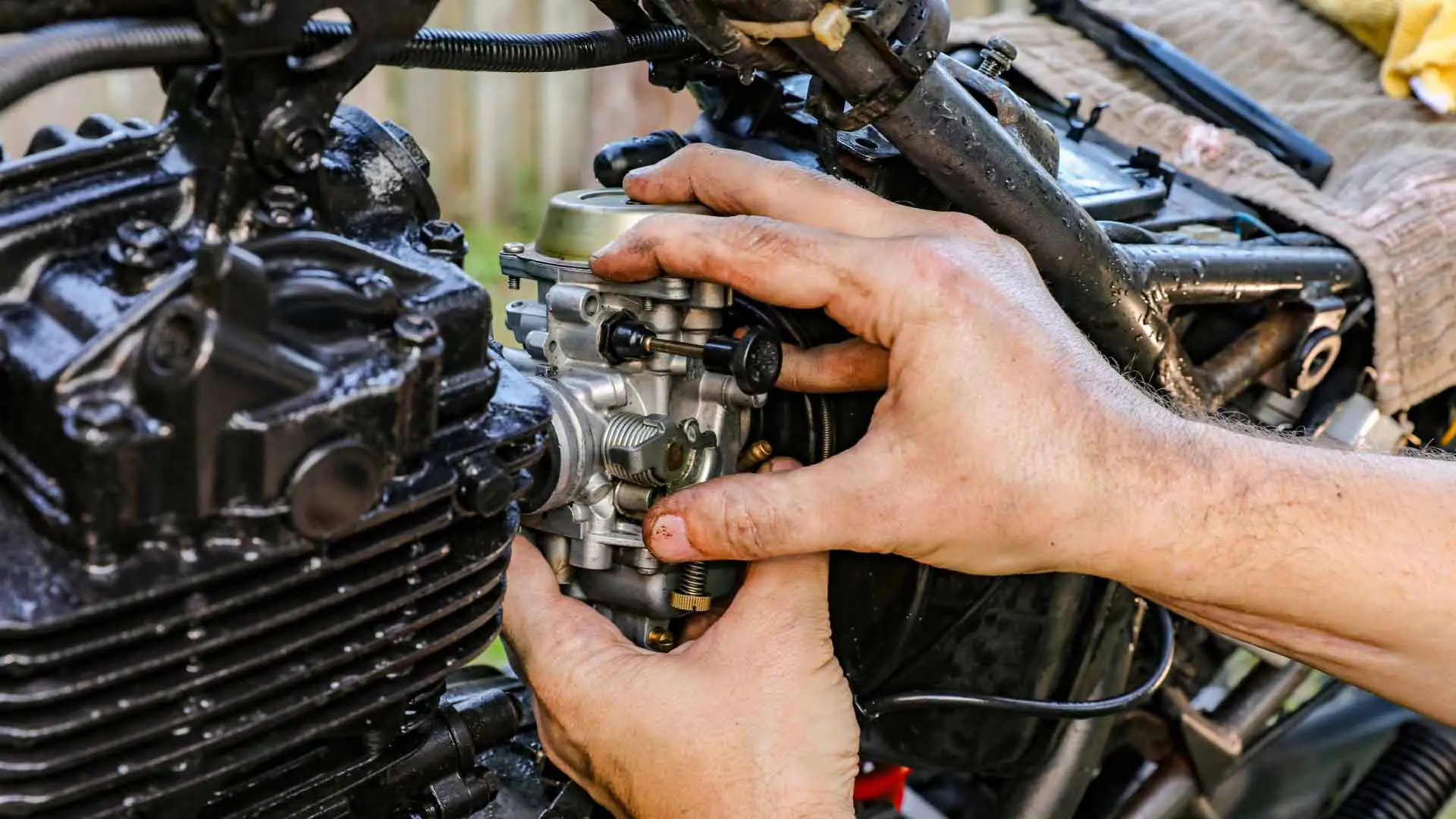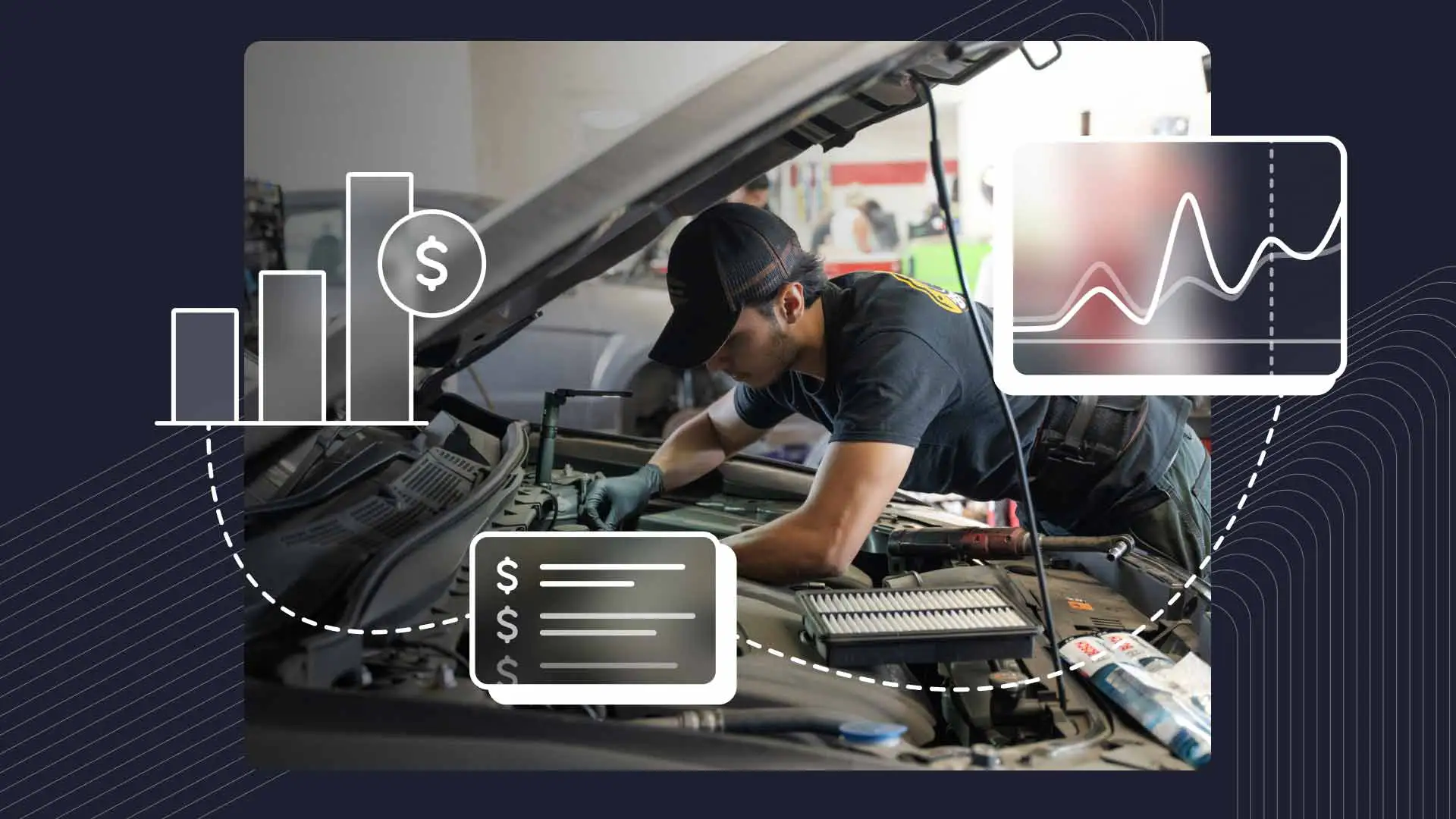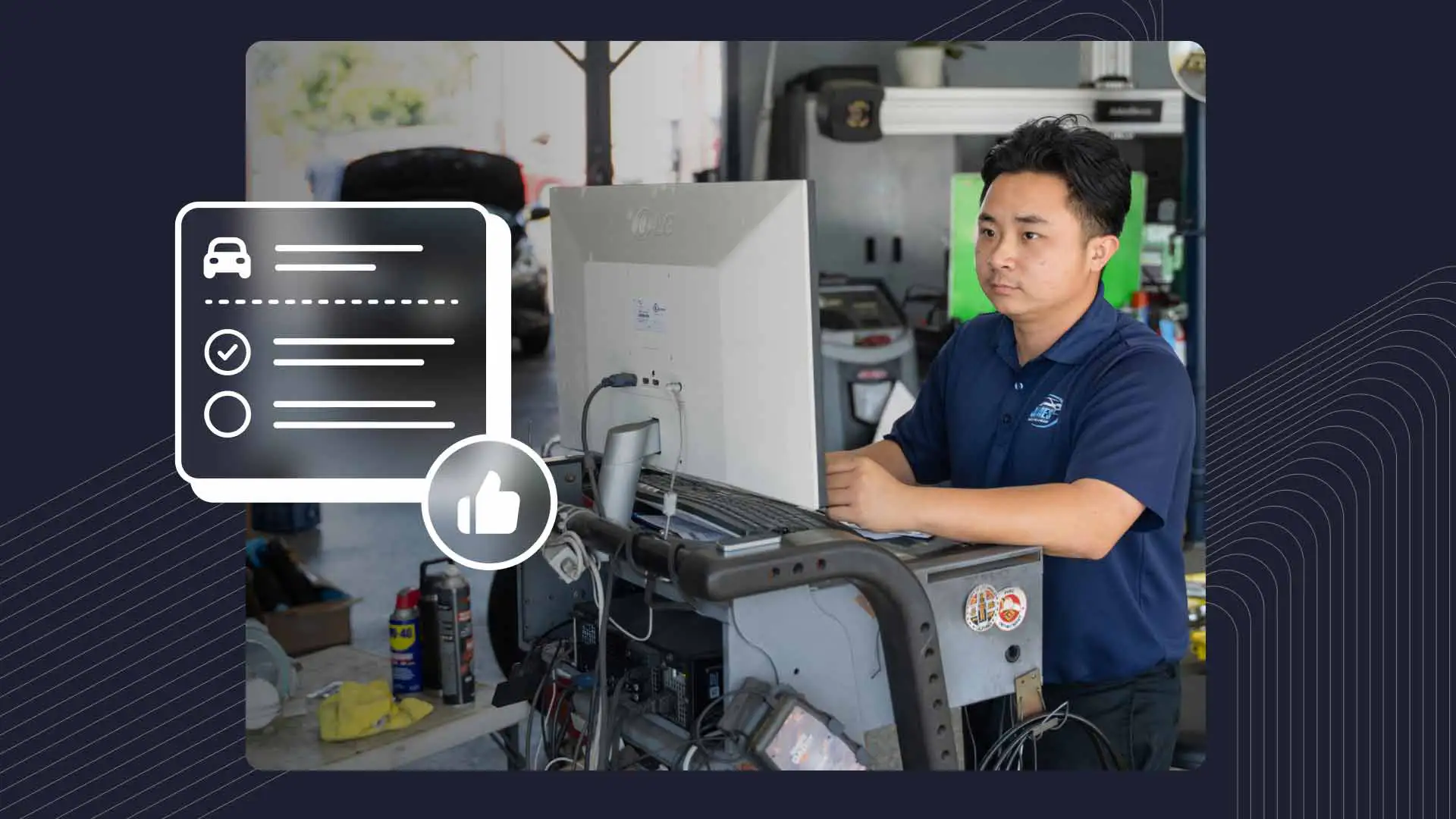A motorcycle’s carburetor is a lot like a plumbing system, with different little circuits and passageways all working together to provide your engine with the ideal air-flow mixture. In fact, many riders swear by the unmatched simplicity and tunability of carbureted engines. But carbs aren’t impervious to the elements, and over time they can become clogged with dirt, grime, fuel additive deposits, and other contaminants that hamstring their performance.
Signs of a dirty carburetor may include trouble starting or idling; poor fuel efficiency; the engine stalling or surging (basically uneven acceleration); black smoke coming from the exhaust; or overheating of the engine. Regular cleaning, however, should keep these issues at bay while restoring components to peak condition and extending the life of your engine.
The Right Tools & Preparation
Before you can start scrubbing away at all those fun-size (i.e., really small) jets and passages, you'll need to make sure you have the right tools for the job. A good carb cleaning kit usually includes:
Carburetor cleaner
A small cleaning brush
Thin wire or carburetor cleaning brushes
Safety glasses and gloves
A clean work surface
A repair manual for your specific model
There are also some DIY options for those on a budget. Things like dental brushes, wire hangers, and even old toothbrushes can help you get into those hard-to-reach areas. Plus, regular household vinegar (mixed with water) can be a substitute for soaking with carb cleaner, which we’ll get to shortly.
One of the biggest challenges of carb cleaning is mastering disassembly. It's easy to get overwhelmed by all the tiny screws and springs, but patience and a step-by-step approach will serve you well. And keep track of each part as you remove it. A stripped screw or misplaced spring, for example, can turn a routine cleaning into a major headache.
The Art of Carb Cleaning
Carburetors are notorious for their hidden passages and sneaky jets, which can make them a real pain to clean. For external surfaces, spray on your carb cleaning solution, then use a brush to remove any dirt and grime. The usual suspects for clogs are usually those tiny idle and low-speed jets, as well as the passages leading to the emulsion tubes.
Soaking is another important part of the carb cleaning process. Different components and levels of grime require different soaking times–from several hours to overnight, depending on the part–and solutions; for example, brass components may need a softer touch than aluminum or plastic parts. You should also avoid soaking electrical components like solenoids or sensors.
The longstanding debate in carb cleaning circles (yes, these are a thing!) is whether to use compressed air or carburetor wires to blast out passages. Compressed air is great for getting into tight spaces, but can sometimes force grime deeper into the carb. And while wires can be gentler, they do require more maneuvering. The best approach may be a combination of both methods, along with lots of solvent and elbow grease.
Reassembly and Maintenance
After cleaning the carburetor, it's time to put it back together and reinstall it on the motorcycle. Gaskets play a key role in this process, creating a seal that prevents leaks and helps keep the engine running smoothly. As gaskets age, however, they can become worn out or brittle and will need to be replaced. When swapping in new parts, always use high-quality gaskets that meet the original equipment manufacturer (OEM) specifications, which can typically be found in a repair manual or on the manufacturer's website.
Once it’s back in place, you'll need to adjust the carburetor to make sure you have the correct air-fuel mixture. This usually means tweaking the idle mixture screws and main jet. Another important step to enhance performance is syncing the carburetors. There are a few different ways to do this, including bench syncing with vacuum gauges or on-bike syncing using specialized tools. Each method has its pros and cons, but the goal is always the same: to make sure each carburetor pulls the same vacuum and delivers equal amounts of fuel to the cylinders for consistent power output.
While there's no hard and fast rule on how often you’re supposed to clean your carburetor, a good baseline is at least once a year. However, if your motorcycle sees more than its fair share of dust or dirt, you may need to clean it more often. Other factors like the motorcycle’s age and the condition of your fuel can also affect how often your carburetor should be cleaned.
Troubleshooting Common Issues
Even if a carb is clean enough to eat off of (though we don’t recommend it), complications can still arise. Hesitation and backfiring are among the more common problems. These can usually be traced back to issues with the ignition timing or fuel mixture. A little diagnostic work, like checking the plug color and inspecting the carb's accelerator pump, should point you in the right direction.
In addition, simple adjustments to the jets can tailor your bike’s performance to different riding styles. By adding or subtracting shims, or changing mains or needles, you can customize the fuel curve to match your preferences. Be sure to keep track of your adjustments, and be patient, as it may take some trial and error to arrive at the perfect setup.
The Importance of Healthy Carbs
Keeping your motorcycle’s carburetor clean is one of the keys to a smooth running, long-lasting engine that delivers peak power and performance. And while carb cleaning may seem like a basic task, that doesn’t make it any less important to get the job done right, or keep up with regular maintenance. The rewards of a well-conditioned, well-tuned carburetor will be well worth the effort.
Keeping your motorcycle’s carburetor clean is one of the keys to a smooth running, long-lasting engine that delivers peak power and performance.
If elements of your shop could use a tune-up as well, take a look at Shopmonkey’s comprehensive Motorcycle Repair Shop Software. From streamlined estimates to customized workflows, this all-in-one solution is designed to help operators just like you manage, market, and grow your motorcycle business. Request a free demo today!




